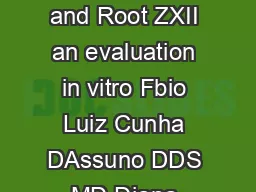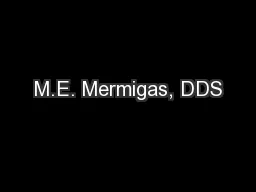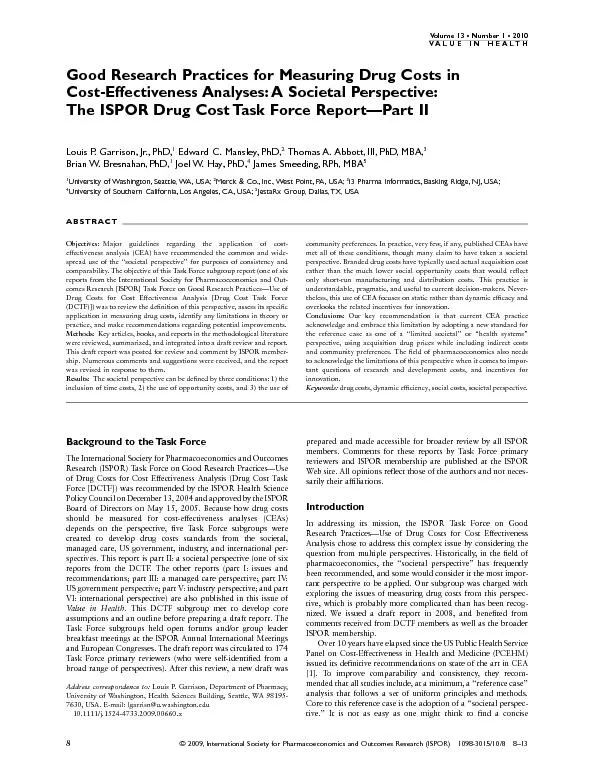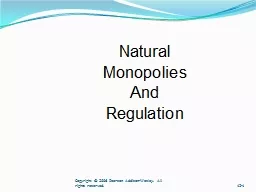PDF-View Wesley E Shankland DDS MS PhD The Journal of Craniomand
Author : isabella2 | Published Date : 2022-08-25
This fourpart series of articles will serve as indepth study guides and sources of information concerning the trigeminal nerve The first article is an overview each
Presentation Embed Code
Download Presentation
Download Presentation The PPT/PDF document "View Wesley E Shankland DDS MS PhD The J..." is the property of its rightful owner. Permission is granted to download and print the materials on this website for personal, non-commercial use only, and to display it on your personal computer provided you do not modify the materials and that you retain all copyright notices contained in the materials. By downloading content from our website, you accept the terms of this agreement.
View Wesley E Shankland DDS MS PhD The Journal of Craniomand: Transcript
Download Rules Of Document
"View Wesley E Shankland DDS MS PhD The Journal of Craniomand"The content belongs to its owner. You may download and print it for personal use, without modification, and keep all copyright notices. By downloading, you agree to these terms.
Related Documents














